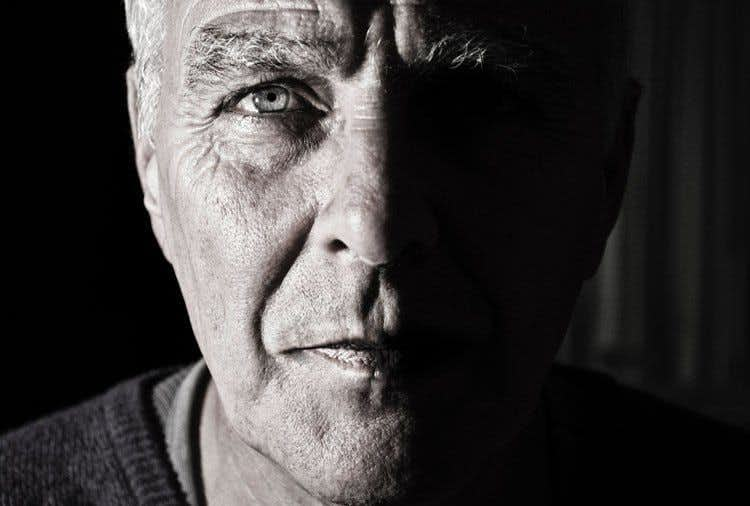August 25th, 2017

There is a stigma in our society associated with showing emotion. How many of us heard “don’t cry,” or “get over it,” or “there is nothing to be sad about” when we were growing up? Those responses from our caregivers sent the message that emotions are bad or that we aren’t in control of our own feelings -- somebody else knows whether I should be sad or not and they are telling me I should not express it. We also don’t have the adequate vocabulary to express our emotions. Bob Stahl and Elisha Goldstein in A Mindfulness-Based Stress Reduction Workbook writes that while we learned that “a flower is a flower,” because maybe someone pointed that out to us as a child, no one ever explained what fear, shame, apprehension or guilt feels like, therefore it’s hard for us to understand or connect with a particular emotion. Also, our culture values a stiff upper lip. Showing emotion – particularly sadness -- is seen as a sign of weakness and societal norms discourage expressing emotion. Finally, many people are afraid of emotion and fear that once they finally express it, it will overwhelm them and that negative feeling will never go away. However, Dr. Jill Bolte, a brain scientist, discovered that it only takes 90 seconds for an emotion to get triggered, and chemically processed through the body; any remaining emotional response is more our thought pattern than our emotions.
While we may not feel comfortable or “safe” expressing our emotions, stifling or suppressing our feelings can have a serious impact on our mental health and may manifest itself in negative behaviors, including finding ways to numb any emotion – drugs, alcohol, food and sex, as well as through physical ailments and pain. Studies have shown that emotions and physical sensations are interconnected. Mindfulness is a practice that has effectively been proven to help connect with your emotions, by bringing present-moment awareness to physical sensations in the body. By recognizing these sensations, you are better able to harness and understand those feelings.
The body scan, often used in Mindfulness, is a great way to begin to identify those sensations. For example, as you go through the body scan, you may notice a “pit” in your stomach. As you begin to cultivate your Mindfulness practice, you may begin to realize that the pit in your stomach is connected to an emotion – a fear at failure at work, a rejection of a partner, or grief related to a family member’s illness. By regularly practicing the body scan, we are better able to tap into the “here and now” and be present with what we are feeling at that moment, instead of letting those emotions run wild and contribute to irrational thinking. The body scan also allows us to “sit” with those emotions –pleasant and unpleasant, giving us time to process and acknowledge those feelings instead of pushing them away, which can be detrimental to our overall well-being. You can find several free meditation apps for smart phones, that include beginning body scan meditations, as well as online resources for downloading meditations to help with dealing with difficult emotions. While emotions can be difficult to discuss and express, you will find that processing your feelings in a healthy way can have a lasting impact on your mental and physical health.
Erin Swinson, LPC, LMHCA, NCC Therapist Clarity Clinic
Our Services
Adult PsychiatryChild & Adolescent PsychiatryAdult TherapyChild & Adolescent TherapyCouples CounselingFamily TherapyGroup TherapyPsychological TestingTranscranial Magnetic StimulationPHP / IOP